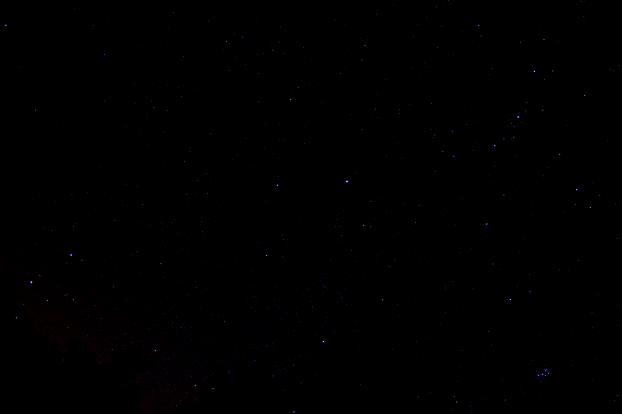

 Phaithon was the son of Helios, God of the Sun, by a mortal woman, Klymene wife of the King Merops, who brought him up. When he grew up, he wanted reassurance that his father was indeed the God Helios, so Klymene sent him to the Sun's palace in the far east where Helios confirmed that he was indeed his father and promised to grant him anything he desired. Phaithon wanted nothing but to drive his father's chariot across the sky for one day. Helios knew that it was a task beyond his son, but could not persuade him to choose something else so, as dawn broke, he allowed Phaithon to take the reins. He immediately lost control and the horses flew high into the sky setting the stars ablaze and then dived perilously close to the earth setting it on fire, drying up the rivers, burning the skin of the Ethiopians black, and turning most of northern Africa into a desert. To save the world, Zeus hurled a thunderbolt knocking Phaithon out of the chariot and he fell burning to his death in the River Eridanos. His body was buried by the nymphs where he was mourned by his sisters, the Heliades, for so long that they were transformed into poplar trees along the banks of the river. To mark his sad fate, Phaithon was immortalised in the stars as Auriga, the charioteer, and the river was also transferred to the sky as the constellation Eridanus
Phaithon was the son of Helios, God of the Sun, by a mortal woman, Klymene wife of the King Merops, who brought him up. When he grew up, he wanted reassurance that his father was indeed the God Helios, so Klymene sent him to the Sun's palace in the far east where Helios confirmed that he was indeed his father and promised to grant him anything he desired. Phaithon wanted nothing but to drive his father's chariot across the sky for one day. Helios knew that it was a task beyond his son, but could not persuade him to choose something else so, as dawn broke, he allowed Phaithon to take the reins. He immediately lost control and the horses flew high into the sky setting the stars ablaze and then dived perilously close to the earth setting it on fire, drying up the rivers, burning the skin of the Ethiopians black, and turning most of northern Africa into a desert. To save the world, Zeus hurled a thunderbolt knocking Phaithon out of the chariot and he fell burning to his death in the River Eridanos. His body was buried by the nymphs where he was mourned by his sisters, the Heliades, for so long that they were transformed into poplar trees along the banks of the river. To mark his sad fate, Phaithon was immortalised in the stars as Auriga, the charioteer, and the river was also transferred to the sky as the constellation Eridanus
The brightest star in the constellation is Capella at magnitude 0.9. It is a binary of two stars, 50 and 80 times as luminous as the Sun and only 0.5 arc-sec apart which corresponds to about 100 million kilometres (about the distance of Venus from the Sun) at its distance of 42 light years. Menkarlina (β) is a spectroscopic eclipsing binary but with a very small range of magnitude indicating that the two stars are very similar. They are separated by only about 12 million kilometres. There are two more eclipsing binaries in the constellation, ε (Al Anz) and ζ (Haedi)
The milky way passes through Auriga, so it is rich in star clusters. M36, M37, and M38. NGC 1907 is a smaller and fainter cluster situated close to M38
The picture was taken at 00:36 UT on 7 October 2010 with my Canon 1000D camera with an 18-mm lens at f/4 with an exposure of 30 seconds at ISO 1600. In PhotoImpact, the gamma was increased to 1.7 and the contrast to 30 before removing the background colour caused by light pollution. The size was reduced to 16% and the gamma increased again to compensate for the loss caused by the reduction and the final image rendered in monochrome.